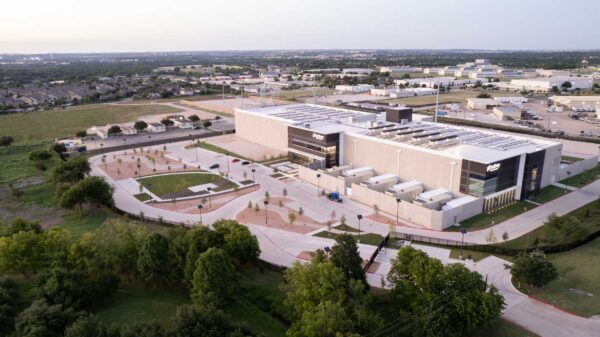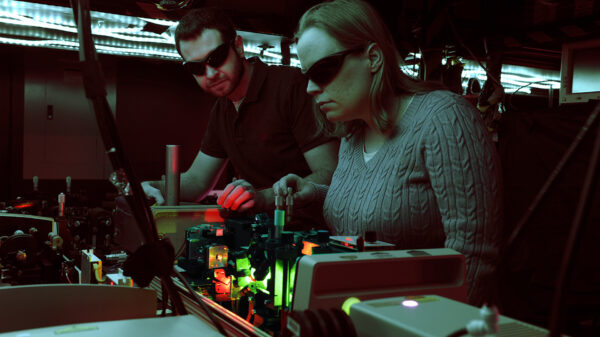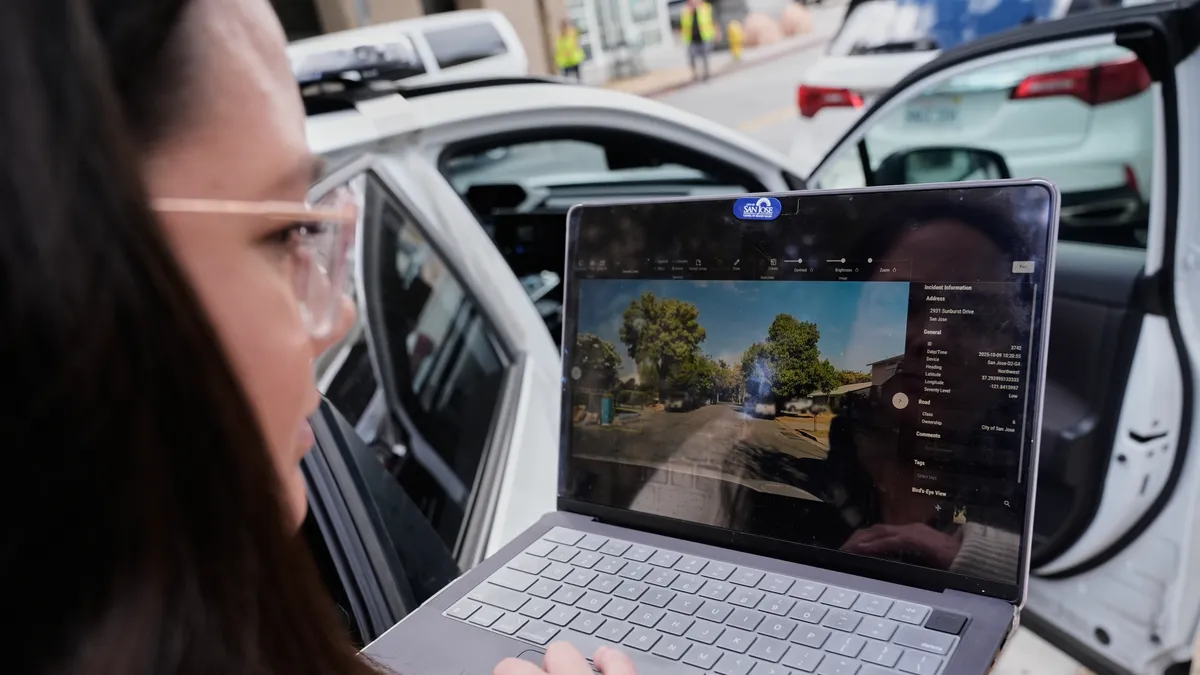As the United States grapples with deteriorating infrastructure, cities and states are increasingly leveraging artificial intelligence to identify critical roadway hazards and prioritize repairs. With traffic fatalities on the rise, innovative solutions are being implemented to enhance road safety and maintenance efficiency.
In Hawaii, officials are tackling the alarming spike in traffic fatalities by distributing 1,000 dashboard cameras as part of the “Eyes on the Road” campaign. These cameras, valued at $499 each, will automate the inspection of guardrails, road signs, and pavement markings, differentiating between minor issues and emergencies requiring immediate attention. Richard Browning, Chief Commercial Officer at Nextbase, the company behind the dashcam technology, emphasized the transformation in inspection frequency: “This is not something where it’s looked at once a month and then they sit down and figure out where they’re going to put their vans.”
California’s San Jose has also turned to AI for road safety, successfully mounting cameras on street sweepers. City officials reported a 97% accuracy rate in identifying potholes. The initiative has prompted plans to expand the use of this technology to parking enforcement vehicles. Mayor Matt Mahan highlighted the benefits of a shared AI database, allowing cities to pool their images for enhanced problem recognition. He stated, “It sees, ‘Oh, that actually is a cardboard box wedged between those two parked vehicles, and that counts as debris on a roadway.’” This collaborative effort has led to the establishment of the GovAI Coalition, which includes representatives from California, Minnesota, Oregon, Texas, Washington, and Colorado.
Innovative Solutions and Unique Challenges
Hawaii’s geographical constraints complicate efforts to maintain road infrastructure. With equipment needing to be shipped to the islands, Associate Professor Roger Chen from the University of Hawaii explained, “There’s a space constraint and a topography constraint they have to deal with, so it’s not an easy problem.” The focus on detecting damaged guardrails is particularly critical, as demonstrated by a recent $3.9 million settlement related to a fatal crash involving an unrepaired guardrail. In 2025 alone, Hawaii recorded 106 traffic fatalities, a troubling statistic that underscores the urgency of the dashboard program.
See also Andrej Karpathy Foresees Self-Driving Cars Transforming Urban Living
Andrej Karpathy Foresees Self-Driving Cars Transforming Urban LivingTexas has embarked on an ambitious AI initiative that combines data from cameras and enrolled drivers’ cellphones to enhance roadway safety. This approach allows officials to identify road conditions and areas requiring attention. For instance, the StreetVision system, developed by Cambridge Mobile Telematics, uses cellphone data to detect risky driving behaviors, leading to practical solutions such as trimming an obstructive bush that blocked a stop sign.
The Future of Road Safety with AI
Experts predict that the integration of AI in road maintenance and safety is just the beginning. Pittman, CEO of Blyncsy, anticipates that nearly all new vehicles will be equipped with cameras within eight years, whether driverless or traditional. He stated, “How do we see our roadways today from the perspective of grandma in a Buick but also Elon and his Tesla?” The shift towards infrastructure that caters to both human and automated drivers is imperative as the landscape of transportation continues to evolve.
The intersection of AI technology and infrastructure repair not only promises to enhance road safety but also serves as a model for other regions facing similar challenges. As cities and states adopt these cutting-edge solutions, the potential for improved safety and efficiency on roadways across America is becoming increasingly attainable.








































































